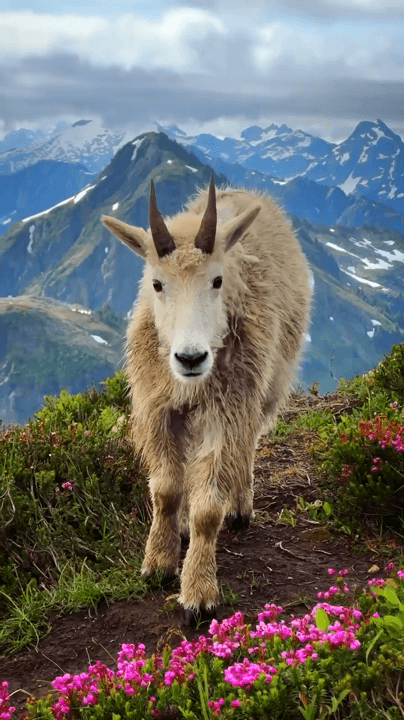
Taiga Forests Hunting in Finland: A Comprehensive Guide to Geography, Hunting Seasons, and Traditions Finland’s taiga, part of the vast boreal forest stretching across the Northern Hemisphere, offers a pristine wilderness experience for hunters. With its dense coniferous forests, countless lakes, and unique Arctic biodiversity, the region is a haven for those seeking challenging and rewarding hunts. This article delves into the key aspects of taiga forests hunting, from geography to legislation, providing actionable insights for both novice and seasoned hunters. Geographical and Natural Features Finland’s taiga spans the country’s northern and central regions, characterized by spruce, pine, and birch forests, interspersed with peat bogs, fens, and over 188,000 lakes. The subarctic climate brings long, harsh winters and short summers, with temperatures dropping below -30°C in winter. The midnight sun (May–July) and polar night (December–January) create extreme photoperiods, influen
Post: 16 May 11:05















































